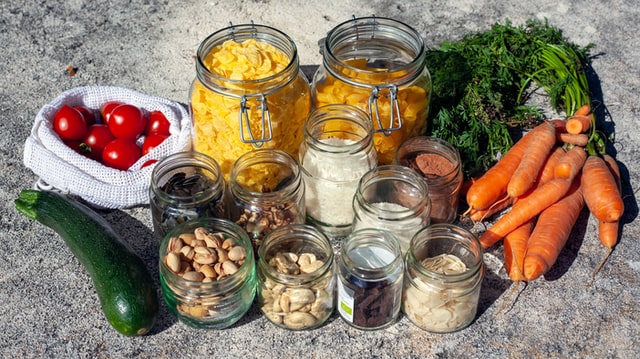Stick to what you really need: The ideal way to conserve resources
That undefinable feeling of having or using more than you need – who doesn’t know it? Those who embrace a minimalist lifestyle begin by keeping their own consumption habits in check in order to optimise their lives in terms of resources.
Who still remembers the life-decluttering guru Marie Kondo? She became world famous at the beginning of the last decade for her practice of removing all objects from life that are incapable of giving long-term pleasure – well, what’s the point of the other stuff anyway?
Kondo-mania left the second-hand stores of an affluent Switzerland crammed full with high-value cast-offs. And deep decluttering also seemed to be the way to go during the pandemic. Many believe that this activity is somehow linked to a resource-saving lifestyle – but this is far from the truth. Simply disposing of items and objects that haven’t been used in a while creates a demand in the home for things that decorate, give momentary pleasure, carry prestige or may be useful for something at some rare and indefinable moment in the future. It’s interesting to note that furniture stores in the west of Switzerland reported a significant increase in sales revenue during the first year of the COVID-19 crisis.
Lend instead of buy
No, an uncluttered life à la Kondo isn’t sustainable, firstly because it’s an incomplete notion and secondly because people are highly receptive to things that bring them momentary joy. The concept of minimalism, on the other hand, is about not acquiring useless things in the first place: Does every household really need an electric drill, a cordless screwdriver, painting paraphernalia for the next makeover or six different yoga mats? Of course not. It’s much smarter to better plan the use of or borrow rarely used items when the occasion calls for them. Is a car absolutely necessary? Clearly not if you take a look at the country’s cities and garages and see that most vehicles are just standing around waiting to be used at some point for a couple of hours of recreational driving (-> we all know about traffic jams). As things stand at the moment, there’s small trend developing towards minimalism.
The German Future Institute (Zukunftsinstitut) has published a study on the topic titled “The New Mindfulness”, which deals with people who are serious about addressing the aspect of excessive resource consumption in their lives and therefore “do not live in an endless product-to-product loop, but follow instead alternative business models”. Minimalists, it summarises, base their activities on the peer-to-peer economic model (exchange economy among equals) and are thus able to subvert conventional mercantile thinking, which has long been proven to lead to a non-sustainable use of resources. If you’d really like to dive into minimalism at the deep end, then why not start with shopping: No other aspect of your life allows you to achieve greater effect with minimum effort. The package-free stores found across our cities help to avoid food and packaging waste. And accepting deliveries in throwaway packaging is a fundamental no-no. Your own minimalism can be measured in this instance by the dwindling volume of your household waste bag. The next step is to buy clothes that are both durable and matching, then comes regional travel with sustainable energy. And, of course, if you’re going to get involved, you’ll need to be mindful not to become miserable.

Minimalism has found two spearheads in Ryan Nicodemus and Joshua Fields. They regularly describe in their blog «The Minimalists» how to live without tons of stuff and still have fun. According to the two pioneers, they help 20 million people improve their own resource consumption profile. An E-Book packed with tips and tricks is also available to download for free, and there’s even a bunch of fun games that allow you to pit yourself against an opponent. It’s well worth a try!

